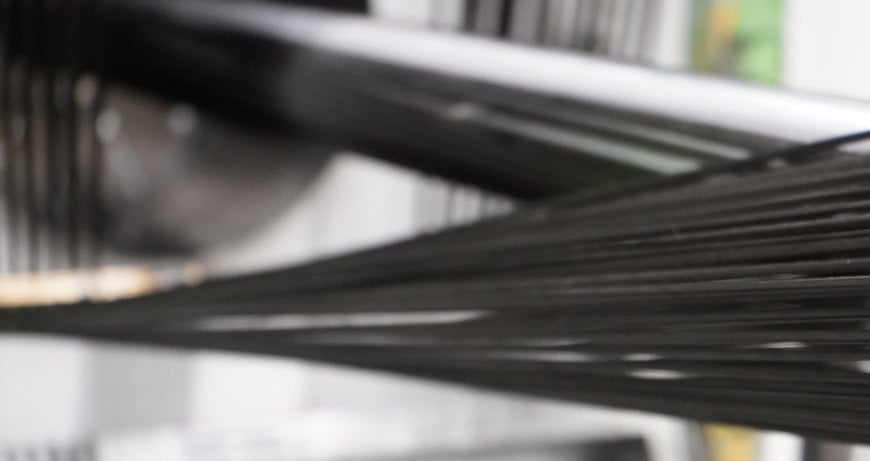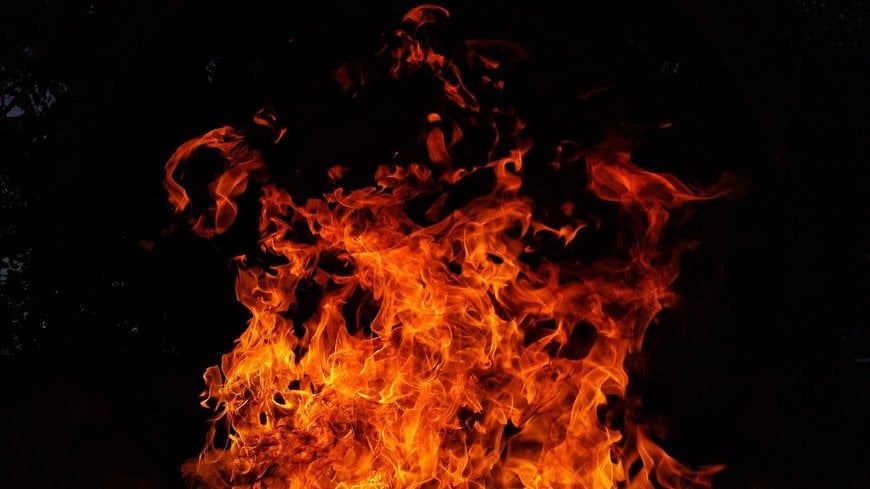www.industry-asia-pacific.com
30
'21
Written on Modified on
CONSIDER FIRE REQUIREMENTS WHEN SPECIFYING COMPOSITES
The mechanical properties of composites, such as their weight, stiffness, and strength, are normally the primary considerations in the design process. However, in applications where the risk of fire is a factor, such as in transportation, building, and construction, this becomes the primary consideration when specifying composite solutions.

Here Eric Moussiaux, VP technology at composites manufacturerExel Composites, explains how fire considerations influence composite design.
With the use of composites in demanding applications increasing, improving knowledge of their fire performance is becoming a safety-critical issue, particularly for building and transportation applications. Generally, there are three main fire performance considerations for manufacturers. These are how difficult it is for the material to ignite, how fast the fire spreads, and how much heat it generates., Next, how much smoke will develop and how quickly? Finally, how toxic is the smoke and how quickly can it cause harm? These considerations are typically referred to as FST, fire smoke and toxicity, properties.
With these considerations in mind, it is common for composites manufacturers to incorporate flame retardant additives into the materials, reducing or delaying the combustion process. The nature of these additives varies depending on the application in question and any relevant regulatory requirements.
Traditional approach
Halogenated compounds are a broad category of flame retardant additives that were traditionally seen as the first choice for composites manufacturers because of their high efficiency and relatively low cost. Halogenated additives work by eliminating the highly reactive free radicals generated in the thermal decomposition of polymers during combustion. By hampering oxidation reactions in the combustion process, they can effectively kill the flames.
Brominated and chlorinated additives, occasionally helped with synergists as antimonytrioxide, are still used in heavily corrosive environments. However, they are becoming increasingly banned for use in many common applications because of their adverse side effects. Several of the halogenated substances present health hazards, the produced smokes are toxic, and waste is classified as hazardous, making it costly to dispose of.
Modern approach
New trends in adding flame retardant properties to composites are based on the use of non-halogenated substances such as aluminumtrihydrate (ATH) and metal hydroxides, including magnesium and phosphorus-based compounds. ATH additives are now the most widely used non-halogenated flame retardants because, despite being less effective than halogens, they are far less toxic when they burn. They operate by releasing water molecules in an endothermic reaction during the combustion process. These water molecules quench the surface of the surrounding materials, providing flame retardancy and smoke suppression. Furthermore, unlike halogenated products, ATH additives do not give off toxic smoke when burned.
The downside of ATH, being much less effective in hampering the fire, is that higher quantities of it are needed to meet the increasingly stringent fire requirements in many applications. Very high filler loadings negatively affect mechanical performance because there is less room for reinforcing fibers, and also influence long term behavior in difficult environments. Very high resin viscosities, changed reactivities, and important pultrusion pulling forces require narrow process windows and tight process controls. Special consideration needs to be given to geometrical product details and the highest level of tooling quality is required to successfully produce such parts.

Ultimately, when specifying composites for applications where fire must be considered, a balance must be struck between the desired mechanical properties and meeting the relevant fire safety tests. While this might initially seem like a daunting prospect, this challenge can be overcome by working with a knowledgeable partner who understands all these considerations and can propose the most suitable solution available.
This is particularly crucial in applications like train transportation where fire requirements vary depending on whether the train will travel overground or underground and whether the composites will be used internally or externally. In Europe, trains have three hazard levels and, as we move up through them, the level of FST requirements increases.
This is just one example where we regularly hear from our clients that navigating all the necessary fire requirements and knowing what tests to apply can be extremely complicated. As FST demands will affect most other properties and have considerable effect on processing, they should be discussed in very early stages of each new enquiry. Exel Composites has the expertise and manufacturing capabilities to guide customers through it and produce the most suitable composite solution for a given application.
To learn more about fire considerations when specifying composites, visit the website today: www.exelcomposites.com/composite-solutions/
www.exelcomposites.com

